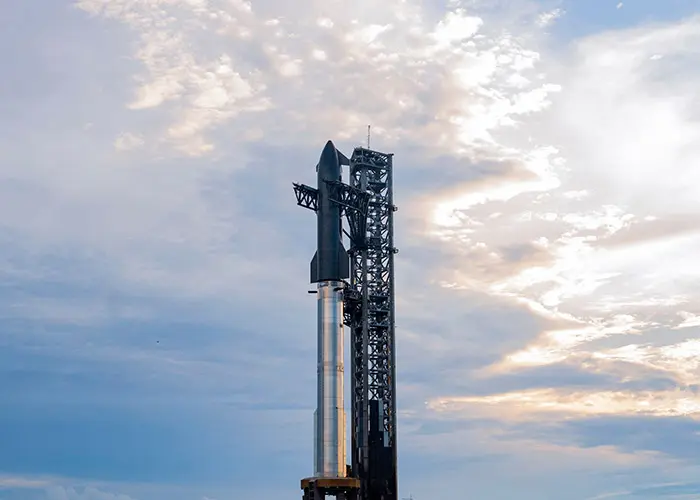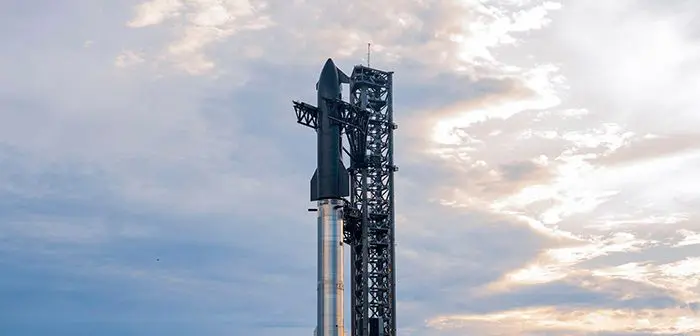
SpaceX has achieved a successful launch of its Starship rocket in Flight 10, marking a turning point after a turbulent run of development setbacks and delays that placed the program under heavy scrutiny.
The launch, which took place from the company’s Starbase facility in South Texas at around 6:30 p.m. Tuesday local time (9:30am AEST, Wednesday), followed two scrubs earlier in the week. A ground systems fault forced the first delay on 24 August, while adverse weather conditions forced another on 25 August. The successful lift-off was therefore all the more significant, representing the tenth integrated Starship-Super Heavy test and the fourth Starship flight this year.
On this flight, Super Heavy booster 16 lifted off cleanly, executed a controlled descent into the Gulf of Mexico, and performed an intentional “flip” manoeuvre during its return. Meanwhile, the upper stage, Ship 37, ignited its six Raptor engines, deployed mock Starlink satellites, carried out an in-space engine relight, and eventually splashed down in the Indian Ocean. Both stages demonstrated key elements of SpaceX’s iterative test campaign, which is focused on developing a fully reusable heavy-lift system.
The success comes after a series of high-profile failures. Earlier this year, Flight 9 was lost mid-air and Ship 36 exploded during ground testing. The Federal Aviation Administration subsequently required SpaceX to close out investigations and implement corrective measures before clearing Flight 10 for launch. With this mission, the company has demonstrated progress on those fronts and regained critical momentum.
Beyond SpaceX itself, the stakes are high. NASA’s Artemis III mission, planned for 2027, is relying on Starship as its lunar lander. Longer term, SpaceX founder Elon Musk has tied the system directly to ambitions for Mars exploration. Each successful test is therefore more than just a proof point — it is a milestone toward enabling sustained human presence beyond Earth orbit.
The implications also extend to Australia and its rapidly growing space sector. Starship’s enormous payload capacity and reusability could present new opportunities for Australian satellites, scientific instruments, and commercial payloads. The economics of launch are shifting rapidly, and Australia’s local space ventures are watching closely to see how SpaceX’s progress may influence global access to orbit and beyond.
Looking forward, SpaceX is already preparing its next series of tests, with a focus on more ambitious recovery attempts, advanced heat shield trials, and eventually booster catches. Production at the company’s “Starfactory” facilities in Texas is being scaled up to support a higher launch cadence. At the same time, environmental oversight remains a live issue, with regulators and community groups keeping pressure on the company to ensure that its operations at Starbase remain sustainable.
For now, however, Flight 10 has delivered a much-needed success. It demonstrates that the Starship program, while still experimental, is edging closer to proving the viability of a fully reusable heavy-lift rocket.





